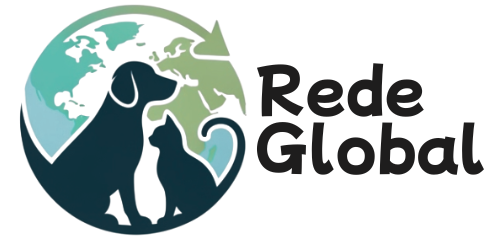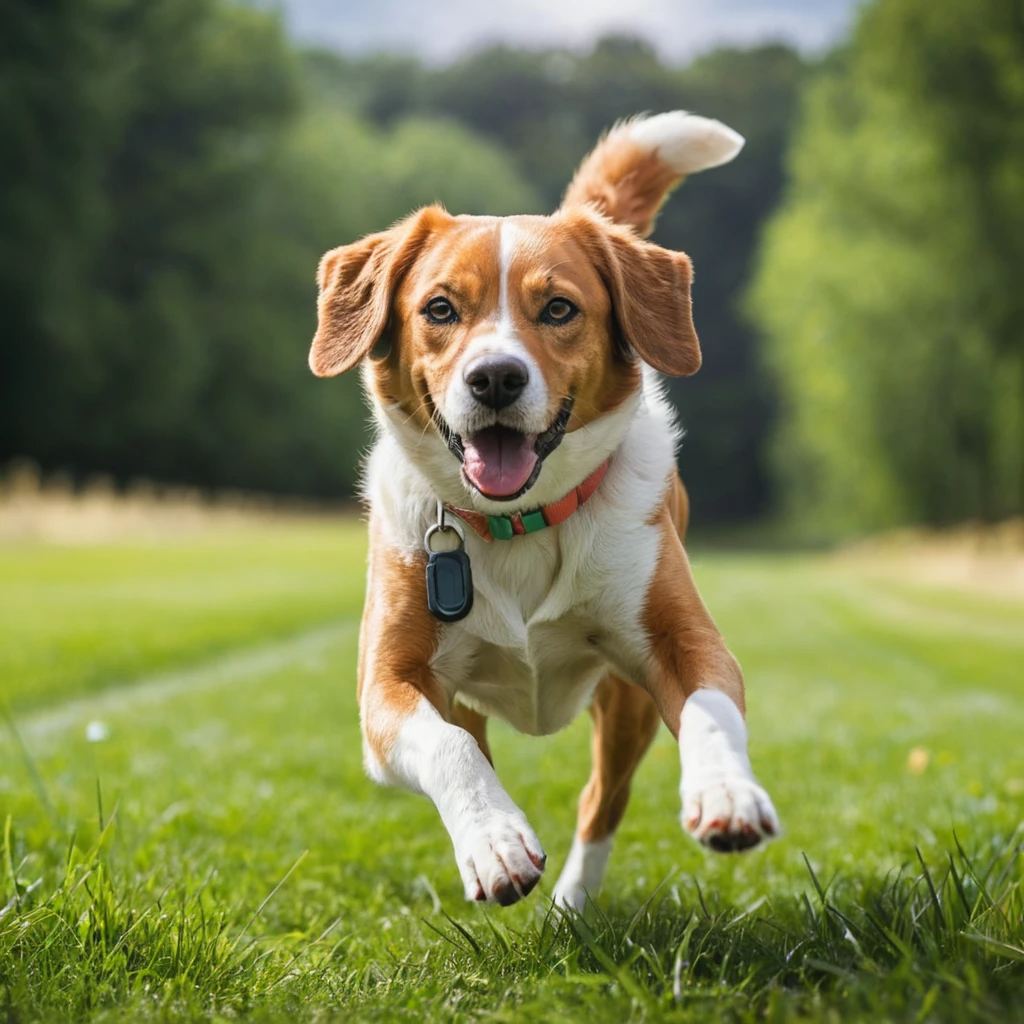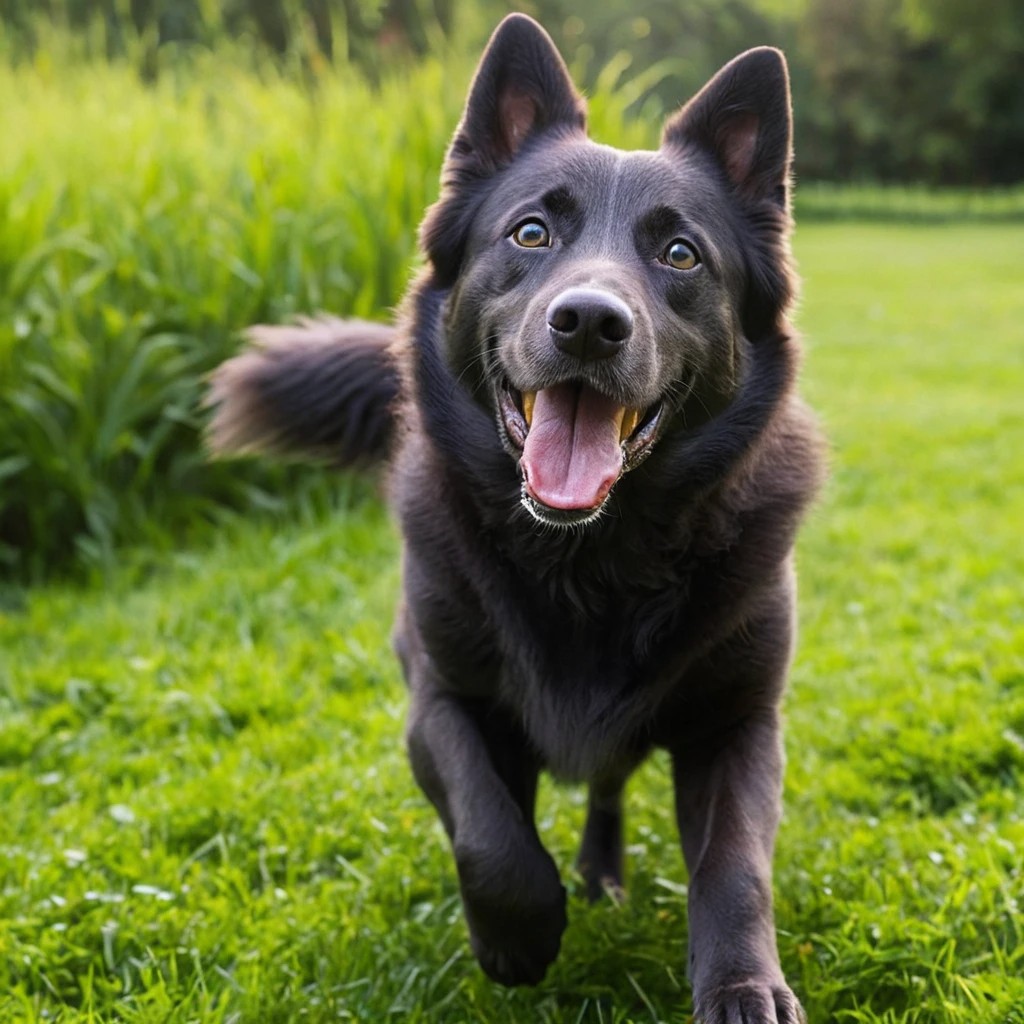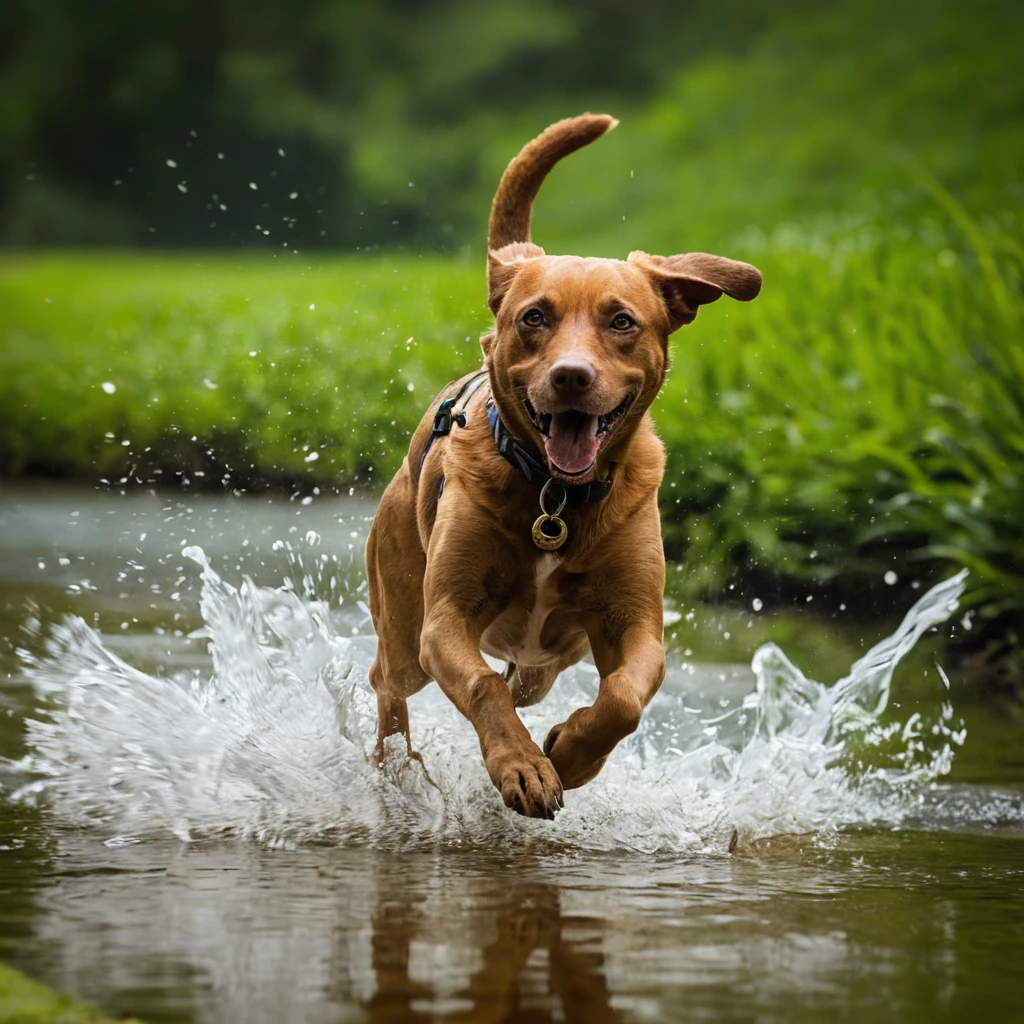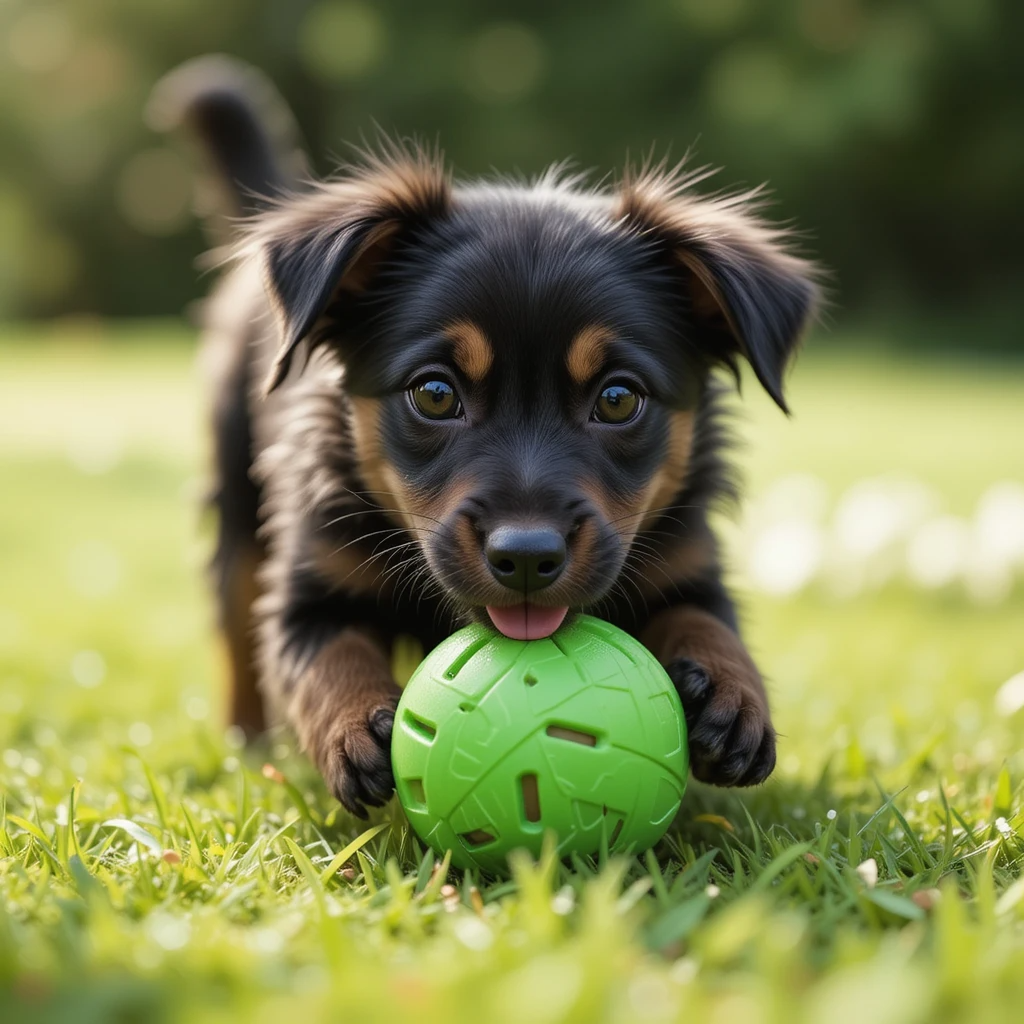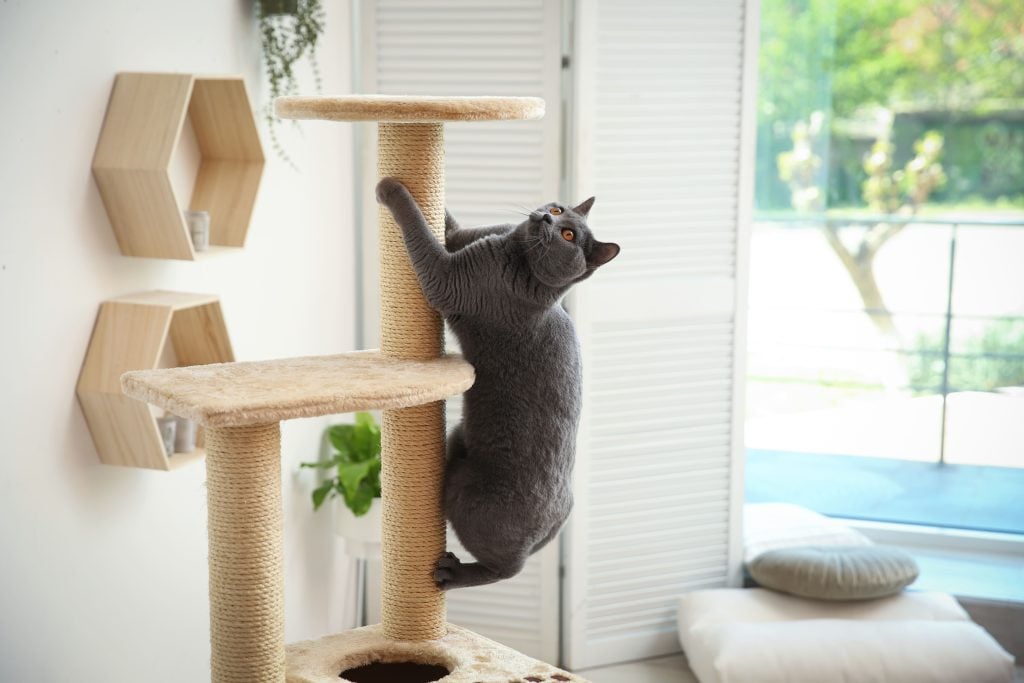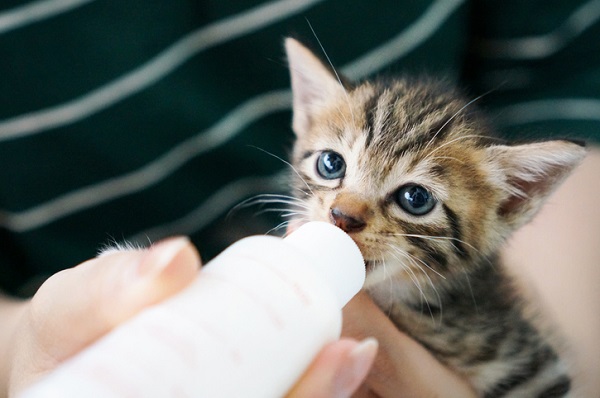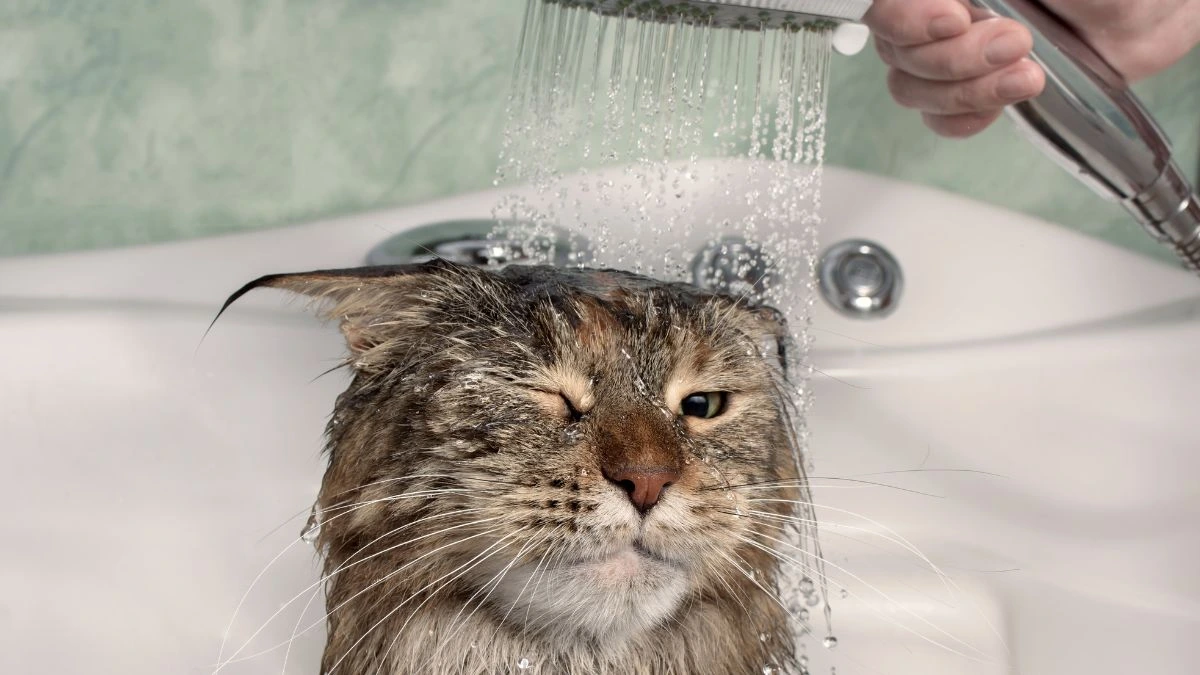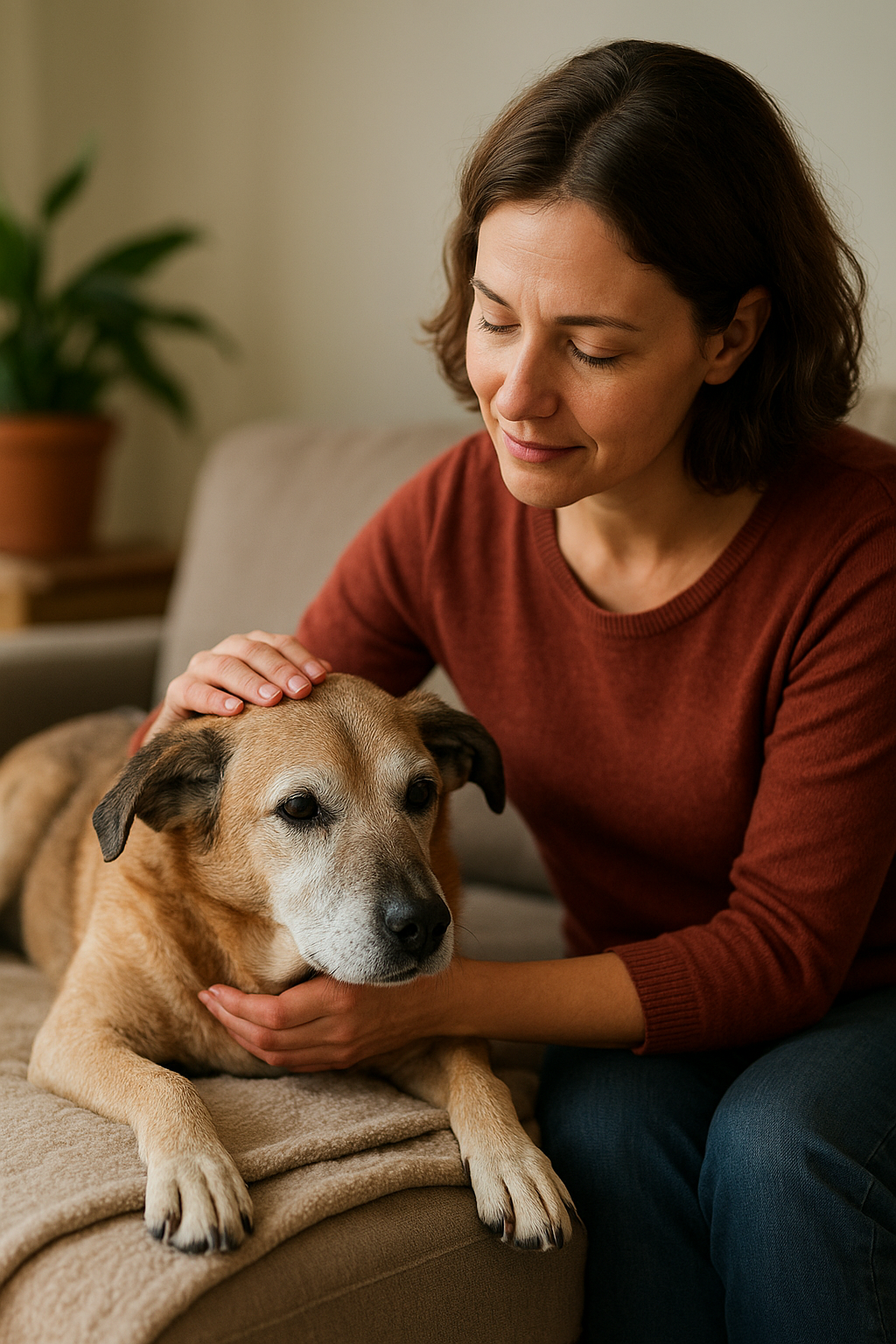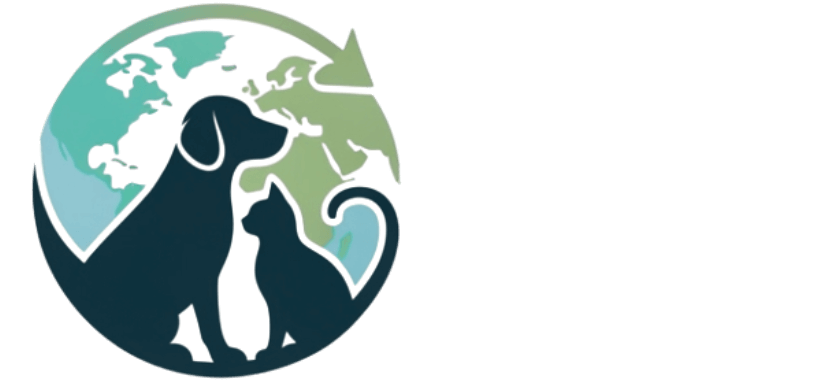Por Que Cães Ativos Precisam de Rotina
Cães cheios de energia prosperam com estrutura. Uma rotina diária bem definida ajuda a:
✅ Gerenciar os níveis de energia
✅ Reduzir ansiedade
✅ Melhorar o comportamento
✅ Promover bem-estar geral
Sem rotina, cães ativos podem ficar entediados, destrutivos ou estressados. Assim como humanos, eles se sentem mais seguros e equilibrados quando sabem o que esperar do dia.
Elementos-Chave de uma Rotina Ideal
Uma rotina eficaz para cães ativos deve incluir:
1. Exercício Físico
- Passeios
- Brincadeiras
- Corridas
2. Estimulação Mental
- Treinamento de comandos
- Brinquedos quebra-cabeça
- Jogos de farejar
3. Descanso e Relaxamento
- Períodos de calma para recuperação
4. Nutrição Adequada
- Refeições em horários regulares
5. Tempo de Vínculo
- Carinho e interação com o tutor
Rotina Diária Ideal para um Cão Ativo
🌅 Manhã (6h – 9h)
- 6h – Saída rápida para necessidades
- 6h15 – Passeio ou corrida (30-45 min)
- 7h – Café da manhã (ração de alta qualidade)
- 7h15 – Brinquedo interativo ou treino (10-15 min)
- 8h – Brincadeira (fetch, cabo de guerra)
- 9h – Descanso com um mordedor
☀️ Meio-Dia (12h – 14h)
- 12h – Passeio curto (15-20 min)
- 12h30 – Treino de comandos (“senta”, “fica”)
- 13h – Brinquedo recheado ou quebra-cabeça
- 14h – Soneca
🌇 Tarde/Noite (17h – 20h)
- 17h – Passeio longo ou parque (45-60 min)
- 18h30 – Jantar
- 19h – Brincadeira calma ou carinho
- 19h30 – Treino relaxante (“deita”, “fica”)
- 20h – Hora de acalmar (música suave, luz baixa)
Tempo de Exercício por Raça
| Tipo de Raça | Exercício Diário |
|---|---|
| Pastoreio (Border Collie) | 90–120 min |
| Esportivas (Labrador) | 60–90 min |
| Trabalho (Husky) | 90–120 min |
| Terriers | 60–90 min |
| Companhia (Pug) | 30–45 min |
Dica: Estimulação mental pode reduzir a necessidade de exercício físico em 30-40%.
Ideias para Estimulação Mental
🔍 Jogos de farejar (esconder petiscos)
🧩 Brinquedos interativos (Kong, quebra-cabeças)
🎓 Treinos curtos (comandos novos)
🏡 Obstáculos caseiros (túneis com cadeiras)
Importância do Descanso
Cães ativos precisam de 12–14 horas de descanso por dia (incluindo sonecas).
- Crie um cantinho calmo longe de barulhos
- Use música relaxante para ajudar no sono
Dicas para Tutores Ocupados
- Creche canina para gastar energia
- Passeadores para saídas no meio do dia
- Brinquedos automáticos (lançadores de bolas)
- Kong congelado para distrair enquanto trabalha
Sinais de que a Rotina Está Funcionando
✔ Comportamento calmo em casa
✔ Menos comportamentos destrutivos
✔ Boa alimentação e sono tranquilo
✔ Energia equilibrada
Conclusão: Cão Equilibrado = Cão Feliz! 💖🐾
Uma rotina bem estruturada não é só sobre gastar energia, mas sobre equilíbrio. Com exercício, desafios mentais, alimentação certa e muito carinho, seu cão será mais calmo, obediente e feliz.
Invista nesse cuidado diário e colha os benefícios de uma convivência harmoniosa com seu melhor amigo peludo!
